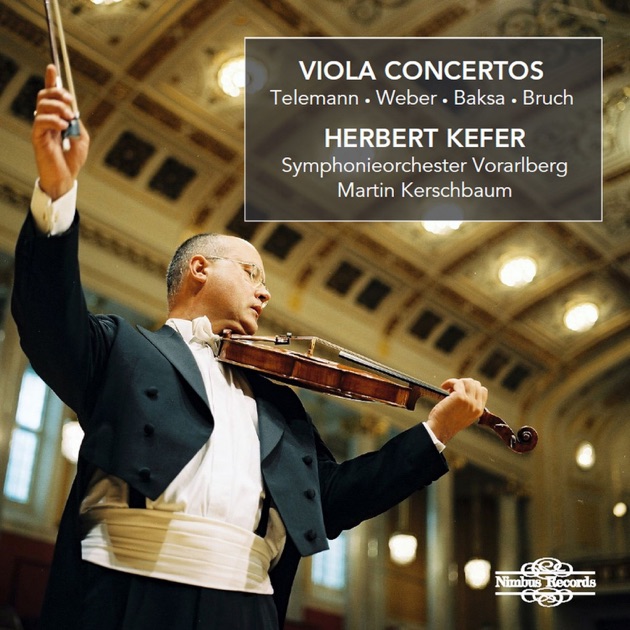

The "State Organisation for Palaces and Gardens of Baden-Württemberg" (in German: "Staatliche Schlösser und Gärten Baden-Württemberg") makes accessible, communicate, develops and preserves these state-owned historic monuments with the aim of preserving the authenticity of the cultural heritage, filling them with life and preserving them for future generations. The palace and the garden are one of 60 historic monuments in the Germany's Southwest. This concert took place in the "Sala Terrena" (Garden Hall) of the Rastatt Favorite Palace in Germany - an highly unusual ballroom, which extends through all floors of the building. Some of these Baroque garden features have survived, making a stroll through the park a delightful exercise.Ĭopyright of this text by All rights reserved. In the Margravine's day, the gardens featured tree-lined avenues, symmetrical parterres with fountains and orangeries. The building is surrounded by a charming English-style landscape park. With its perfectly preserved 18th century interiors, Favorite Palace is a cultural heritage site of extraordinary significance. Textiles, lacquer and ceramics bear witness to early 18th century Europe's penchant for all things Asian. Favorite Palace also offers a dazzling display of Chinoiserie in all its forms. It is now the world's largest collection of early Meissen porcelain. Much admired by her contemporaries, the Margravine's astonishing hoard survives to this day. To accompany the magnificent décor, Sibylla Augusta amassed an unparalleled collection of Asian and European porcelain, glass and faience - earning the title "porcelain palace". Crafted from marble, granite and semiprecious stones, with breathtaking perfection, each panel is a work of art in its own right.

758 panels cover the walls in a kaleidoscope of colour. The jewel in the crown is the Florentiner Kabinett (Florentine room), which is still in its original condition and the only one of its kind in Europe. As well as demonstrating Sibylla Augusta's exquisite taste, this opulence served to portray her as a refined and cultured ruler. No expense was spared on the palace interiors, which are replete with all forms of 18th century craftsmanship: colourful scagliola floors made from imitation marble, walls with faience tiles, ceilings adorned with plasterwork and frescoes, sumptuous embroidered tapestries and priceless furniture. At Favorite Palace, which is just a short carriage ride from Rastatt Residential Palace, the court met for festivities involving hunting, concerts and banquets. This enchanting Baroque summer residence and hunting palace was built from 1710 to 1727 for the young Margravine Sibylla Augusta of Baden-Baden (1675-1733). Its opulent interiors, extensive collections and idyllic setting lend it Europewide significance.

Astatt Favorite Palace (Schloss Favorite Rastatt) is the oldest German "porcelain palace" and the only one to survive almost unchanged to this day.


 0 kommentar(er)
0 kommentar(er)
